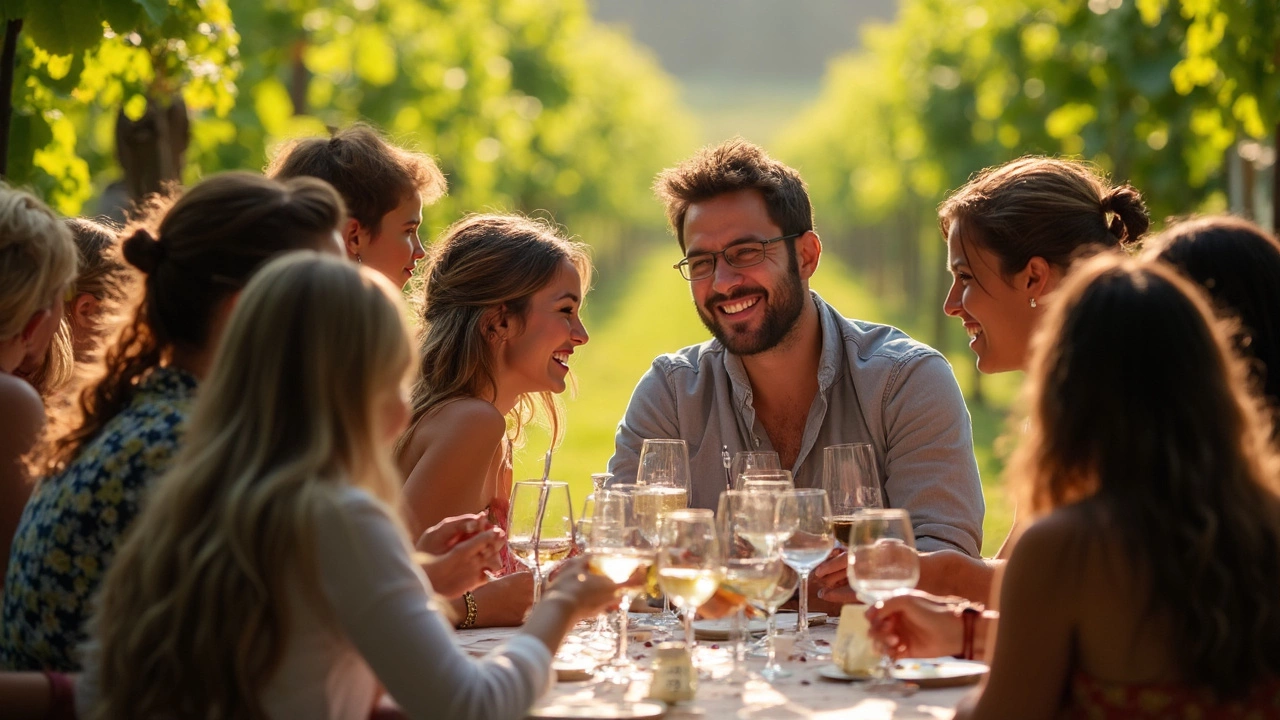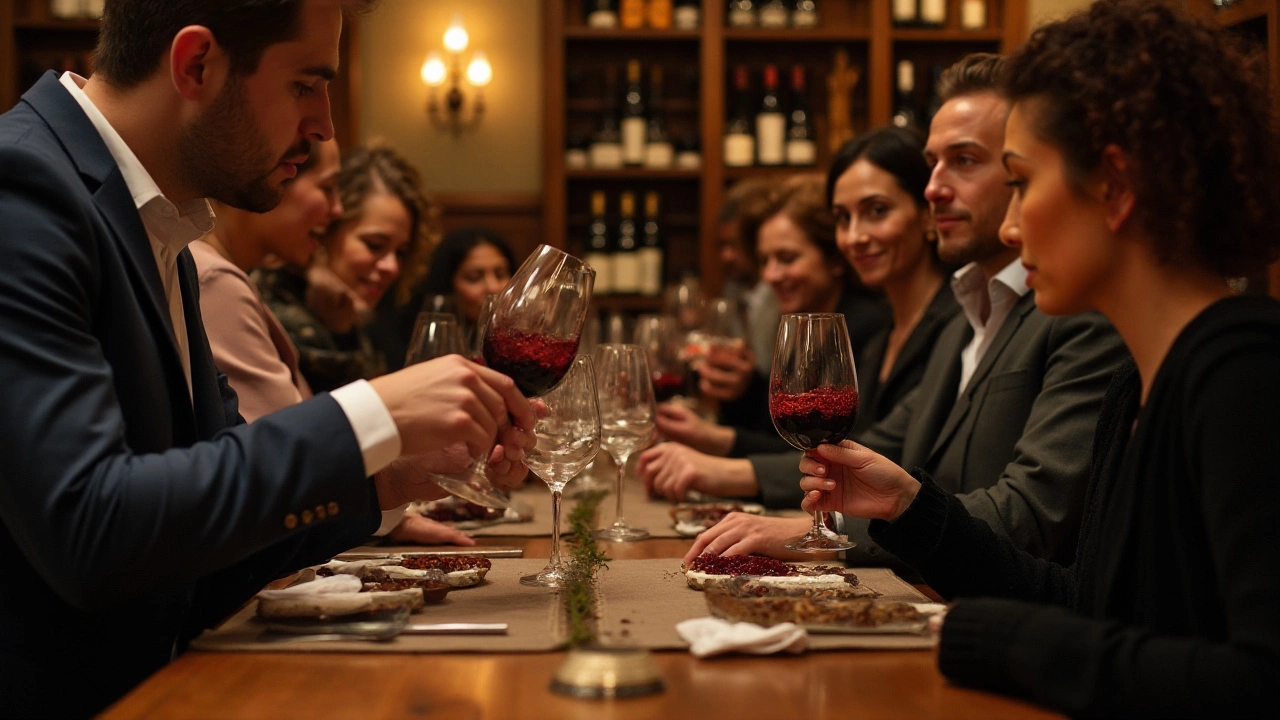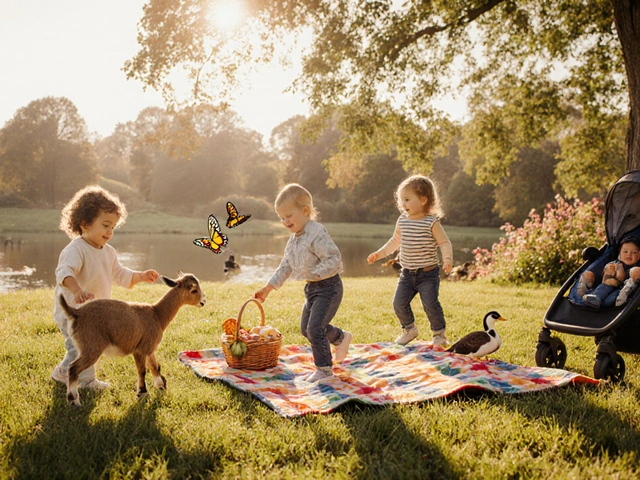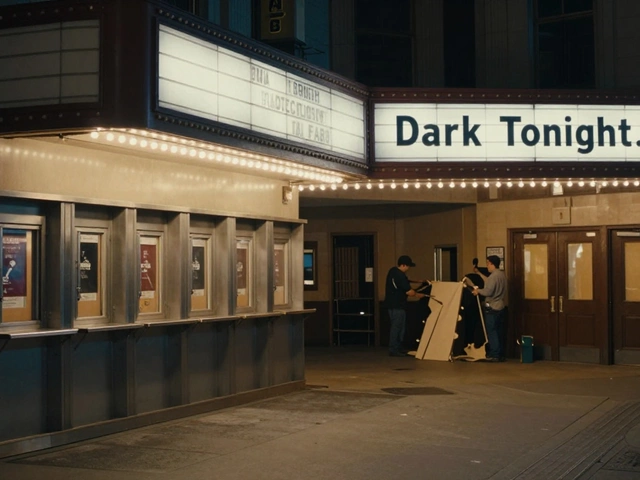Wine Tasting Guide: Simple Tips for Beginners
If you’ve ever wondered how to get the most out of a glass of wine, you’re in the right place. Wine tasting isn’t a fancy ritual reserved for experts – it’s a fun way to explore flavors and find out what you like. In this guide we’ll break down the steps, share pairing ideas, and point out typical slip‑ups to skip.
How to Taste Wine Step by Step
First, pick a clean, clear glass. A tulip‑shaped glass works best because it holds the aroma. Hold the glass by the stem so your hand doesn’t warm the wine.
1. Look: Tilt the glass against a light and note the color. Light reds are usually fruitier, dark reds may be richer. White wines range from pale straw to deep gold – the hue can hint at age and style.
2. Swirl: Give the wine a gentle swirl. This releases volatile compounds that carry the smell. You’ll see a small mist forming – that’s a good sign.
3. Smell: Bring the glass to your nose and take a slow sniff. Try to pick out fruit, spice, floral, or earthy notes. Don’t rush – let the scent settle and describe it in your mind.
4. Sip: Take a small sip and let it roll across your tongue. Notice the initial taste, the middle body, and the finish. Think about sweetness, acidity, bitterness, and how long the flavor lingers.
5. Evaluate: Jot down what you felt – did it feel smooth or rough? Was the finish short or long? This simple note‑taking helps you remember which wines you enjoyed.
Food Pairings and Common Mistakes
Pairing food with wine can boost both flavors. A rule of thumb: match the weight of the wine with the weight of the dish. Light whites go well with salads, seafood, or mild cheese. Fuller reds pair nicely with steak, rich sauces, or aged cheese.
Don’t be afraid to experiment. A crisp Sauvignon Blanc can cut through a creamy pasta, while a sweet Riesling can balance spicy Asian dishes. The goal is balance, not perfection.
Now, a few mistakes to avoid:
- Skipping the glass: Using a regular mug hides aromas and changes temperature.
- Rushing the process: Skipping look or smell means you miss key clues about the wine.
- Over‑filling the glass: Too much wine limits swirling and makes it hard to smell.
- Cleaning your palate with strong flavors: Eating garlic or coffee before tasting can dull your senses.
- Ignoring personal taste: If you don’t like a wine, that’s okay. Trust what you enjoy.
Finally, practice makes perfect. Try tasting a few wines side by side – a cheap bottle versus a pricier one – and note the differences. Over time you’ll develop a sense for what you like and why.
Wine tasting is a relaxed, sensory adventure. Keep the steps simple, pair with foods you love, and enjoy the journey. Cheers to discovering new flavors, one glass at a time!

How Many Samples Do You Get at a Wine Tasting?
Ever wonder how many samples you can expect at a wine tasting event? This article explores the usual offerings, diving into the factors that affect the number of samples and what you can learn from each sip. It also provides handy tips for making the most of your wine tasting adventure without getting overwhelmed. You'll discover what to look for and how to ask the right questions to enhance your experience.

Mastering Wine Tasting: Understanding the Essential 5 S's
Wine tasting is an art that involves engaging all the senses to fully appreciate the nuances of various types of wine. The 5 S's—See, Swirl, Sniff, Sip, and Savor—are essential steps in the process. Each step allows for a deeper understanding and appreciation of wine's color, aroma, flavor, and finish. By following these steps, even a novice can develop a more discerning palate. This guide explores these practices to enhance anyone's wine tasting experience.




